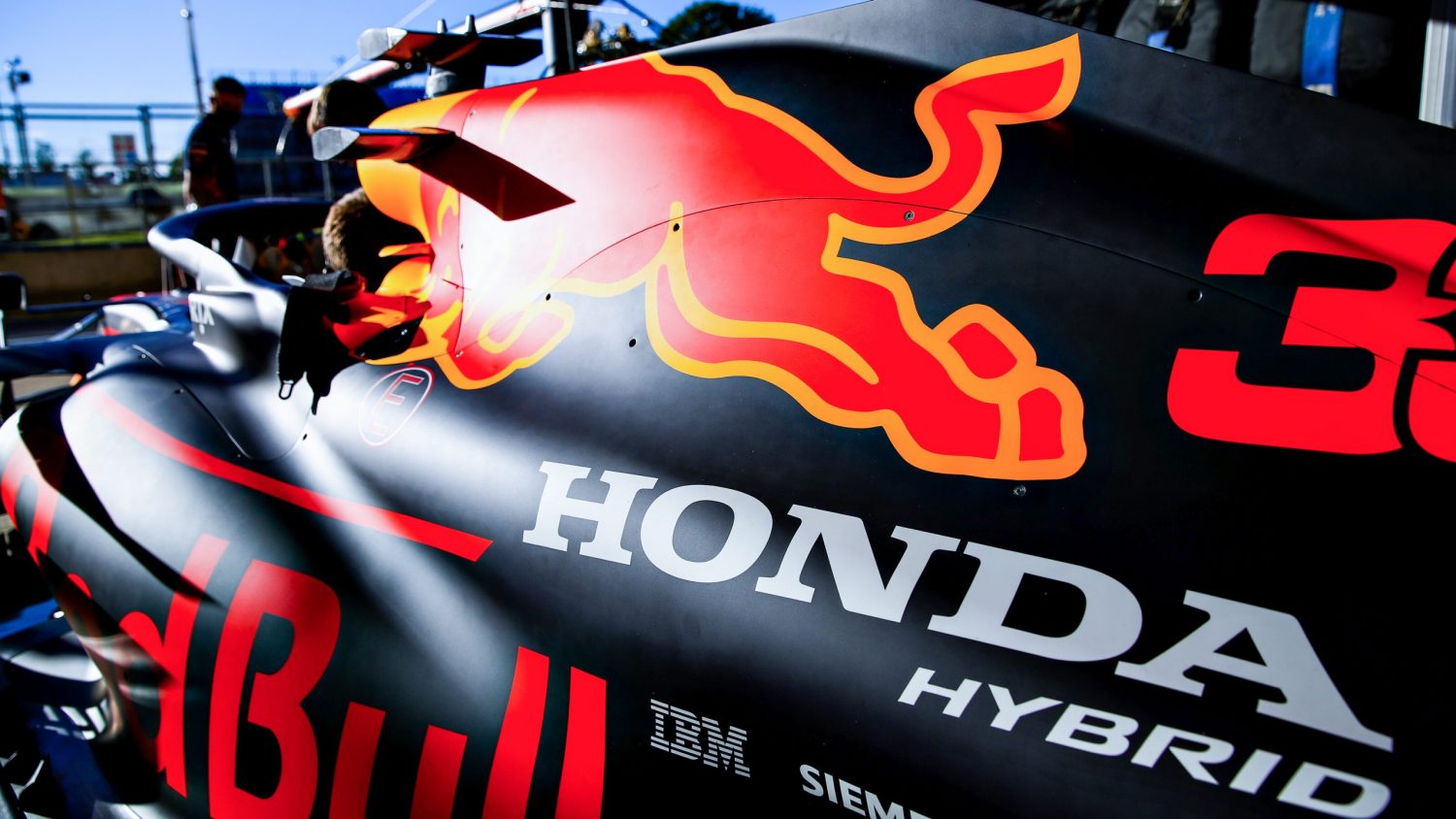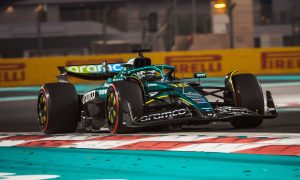
Honda's head of power unit development Yasuaki Asaki has been talking about the package of upgrades and improvements that has allowed the Japanese manufacturer to take over from Mercedes as the leading engine in F1.
Asaki said that a large number of changes had originally been pushed back to 2022, but had then been brought forward again after Honda's announcement that it was pulling out of F1 at the end of the current season.
“The original plan was to implement this new structure PU this year in 2021,” Asaki told Motorsport.com this week. “But then for a variety of reasons, it was decided not to proceed with a brand new PU.
"However the thinking on this really changed when Honda announced that we would be leaving the sport," he continued.
“I went to President Hachigo and said to him that we would really like to implement this new structure PU for our last year in the sport," Asaki revealed. "And he kindly accepted that request.
“[But it] was never going to be an easy task, given the scope of the changes being made to the power unit’s architecture," he said. “I had acknowledged in some ways that it was an incredibly challenging target.
“The main point of what we've changed was to improve combustion efficiency. In order to do so we had to change the valve angle. And in order to do that, we had to change the camshaft.
Askai said that the changes to the camshaft meant it was now "much more compact, and also brought its position lower down so it is closer to the ground.
"We've also had to make the head cover lower and more compact," he continued. "The way that air flows over it has become a lot better, and we've also lowered the centre of gravity of the ICE [internal combustion engine]."

©Honda
He added that "We've made the engine itself shorter, smaller" with changes to the bore pitch reducing the distance between one bore and the next.
“In the old engine straddling the transmission we also had a bank offset whereby the left bank was slightly offset from the right bank," he said.
"What we've done is reverse this offset on the new engine so that the right bank is forward, and the left bank is back.
"Camshaft output has got better. Due to the rules of physics the amount of energy that can be stored has changed, and it meant that the amount of exhaust energy has decreased.
"Compared to the recovery that we were getting last year, what we're having to do is increase the amount of crankshaft output and at the same time ensure that there's a good level of exhaust output, exhaust temperature as well.
“So we've had a number of different development objectives, and we believe we have met them.”
Although Honda's involvement with F1 ends this season, Red Bull has reached an agreement to continue using the current engines as legacy units until the end of the 2024 season.
"Our engineers have had both the understanding that, yes, we’ve only got a year left," Asaki acknowledged. "But also we’ve got a full year left and we have to do something with that time. They’ve worked hard during the time that we have had.”
Gallery: The beautiful wives and girlfriends of F1 drivers
Keep up to date with all the F1 news via Facebook and Twitter






